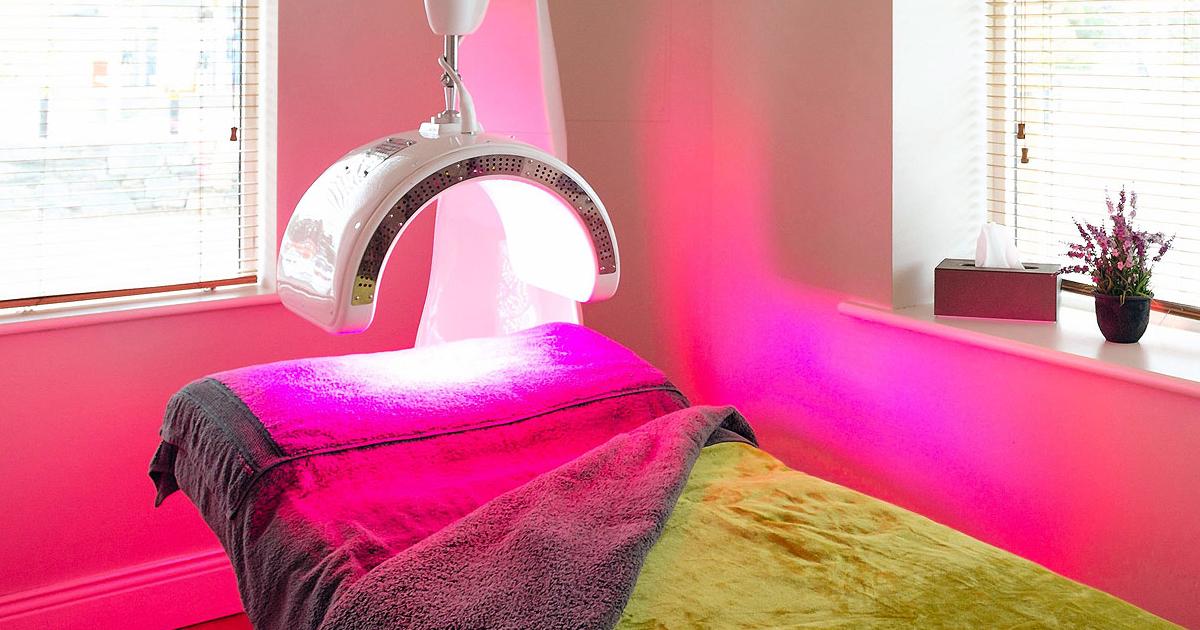How To Treat Atopic Dermatitis
Light Therapy

Light therapy, also known as phototherapy, is a treatment considered for patients with atopic dermatitis who do not experience relief with topical treatments. It is also considered appropriate for individuals who have new flare-ups soon after completing treatments. Approximately seventy percent of patients with atopic dermatitis see an improvement in their symptoms after using light therapy, and narrowband ultraviolet B light is the most frequently used form of phototherapy for this condition. Patients generally need at least one or two months of regular light therapy sessions, and maintenance sessions are often needed after the initial treatment period. Phototherapy can help with reducing itch and inflammation, and it can also increase a patient's vitamin D production and improve the skin's ability to fight bacteria. Potential risks associated with this treatment include sunburn, premature skin aging, and an increased risk of skin cancer. Treatment providers will talk with patients about ways to minimize these risks before beginning light therapy sessions.
Wet Bandages

Wet wrap therapy involves the use of wet bandages to treat severe atopic dermatitis, and it is also used to reduce the symptoms that occur during intense flare-ups. This treatment is typically provided by nurses in a hospital or clinic setting, and patients can sometimes be trained to perform wet wrap therapy on themselves. Fabric wraps are soaked in water, and sometimes with topical corticosteroids, before being gently wrapped around the affected area. After applying the moist bandages, a layer of dry bandages is wrapped over the top, and patients then typically change into pajamas or other loose clothing to avoid disturbing the bandages. If the treated area is on the feet or hands, patients typically wear gloves or socks over the bandages. Wet wrap therapy for the face requires bandages made of gauze and surgical netting. These types of bandages are made and applied by specially trained nurses. Wraps are usually left on the skin for several hours, and they can be left on overnight.
